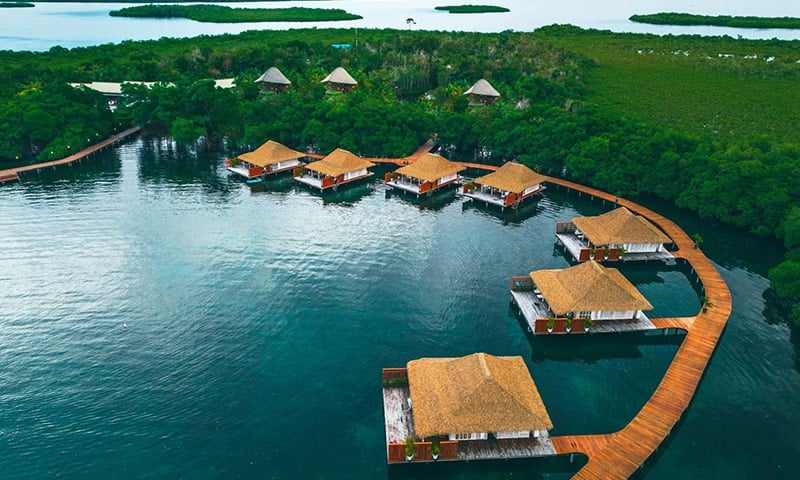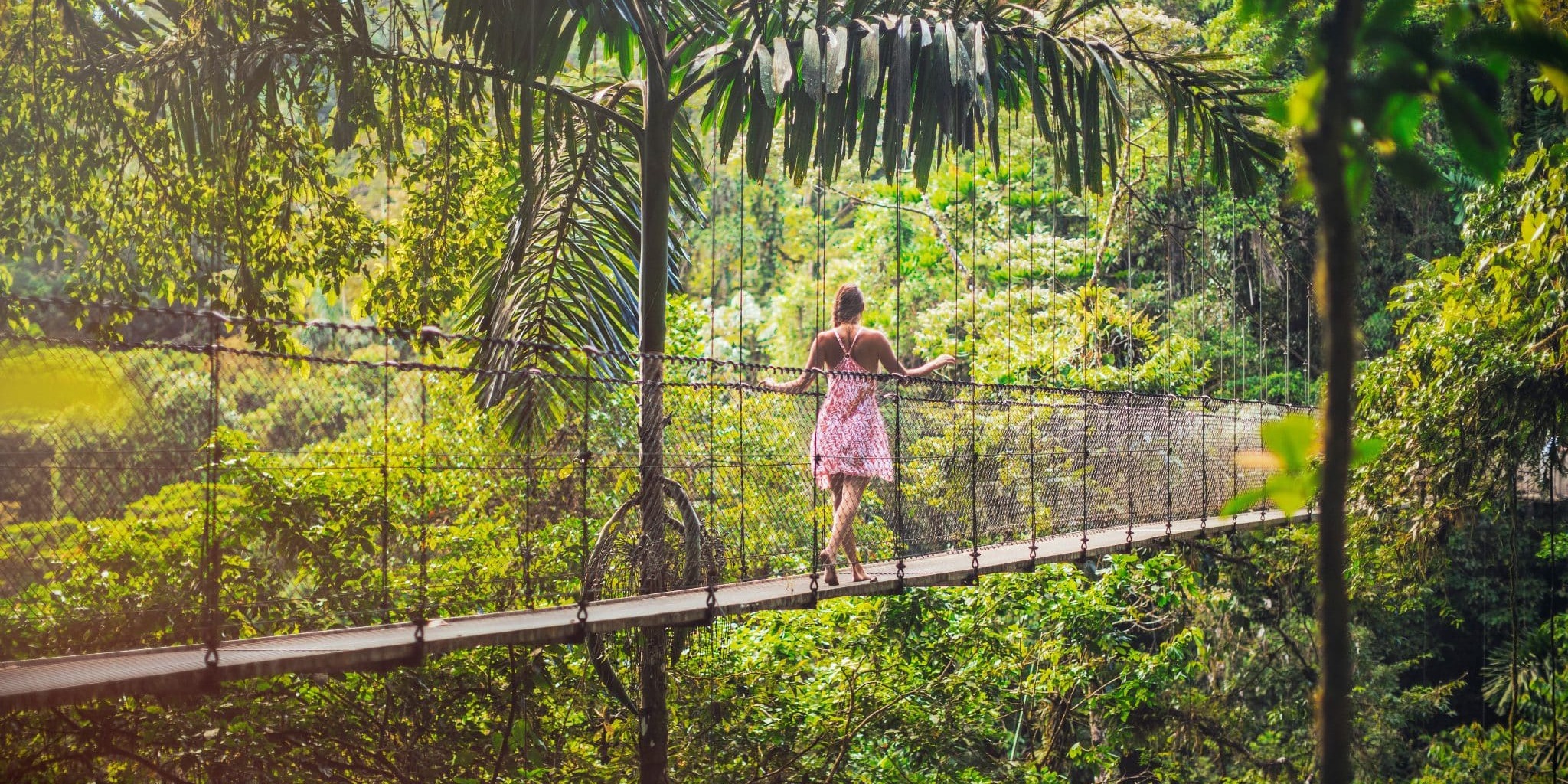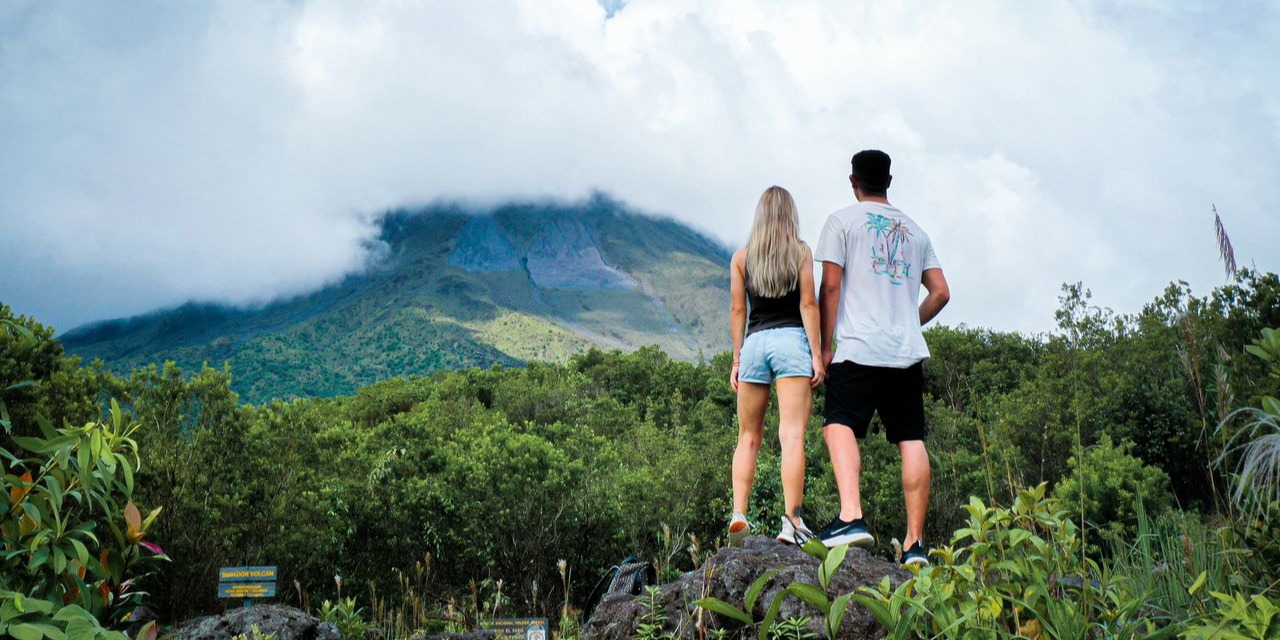.jpg?width=1600&name=5%20Interesting%20Facts%20About%20Bocas%20del%20Toro,%20Panama%20(3).jpg)
5 Interesting Facts About Bocas del Toro, Panama
Bocas del Toro has long captivated the imaginations of explorers. In 1502, Christopher Columbus arrived on his final voyage to the Americas, anchoring his ships in the calm waters that are now known as Bahía Almirante. With its equatorial location, sheltered anchorages, and abundant resources, Bocas quickly became a key stop for early explorers navigating between South and Central America.
Today, the same postcard-worthy Caribbean isles and crystalline bays remain remarkably untouched. Bocas feels timeless, with its natural rhythms intact and its coastlines free from overdevelopment. For travelers seeking something more authentic, it’s an off-the-beaten-path escape into unfiltered beauty.
Beneath the turquoise waters and laid-back rhythms lies a destination full of history, cultural texture, and natural wonder. Here are five unexpected insights into this singular corner of the Caribbean:
1. A Historic Gateway to the Americas.png?width=1282&height=769&name=5%20Interesting%20Facts%20About%20Bocas%20del%20Toro%2c%20Panama%20(2).png)
Following Columbus' arrival, Bocas del Toro played an essential role in the colonial trade networks of Spain and Portugal. Protected from hurricanes and rich in natural resources, it offered a safe harbor to ships in need of repairs or resupply. Its proximity to the eventual Panama Canal only enhanced its relevance, and centuries later, it would again emerge as a pivotal node, this time in the banana trade.
2. The Banana Empire’s Caribbean Capital.png?width=1238&height=743&name=5%20Interesting%20Facts%20About%20Bocas%20del%20Toro%2c%20Panama%20(6).png)
In the early 20th century, Bocas del Toro became the epicenter of Chiquita’s global banana trade. With the opening of the Panama Canal in 1914, exports surged, and Bocas’ economy boomed. Vast plantations lined the coast, and ships departed daily for the U.S. and Europe. Though the era has passed, its legacy is still visible in the colonial-era architecture and the rhythmic hum of Bocas Town. Wooden clapboard houses painted in tropical hues now house cafés, boutiques, and galleries, blending the past with a slow, Caribbean present.
3. A Tapestry of Cultures
.png?width=1232&height=739&name=5%20Interesting%20Facts%20About%20Bocas%20del%20Toro%2c%20Panama%20(3).png)
Bocas is one of Panama’s most culturally rich destinations. Afro-Caribbean communities on Bastimentos trace their roots to Jamaican laborers who arrived generations ago, bringing with them Creole traditions and language. Nearby, the Ngäbe-Buglé people continue to preserve their indigenous customs. Walk through Bocas Town and you’ll hear Spanish, Creole English, indigenous dialects, and Mandarin—a vibrant blend of influences that shape the region’s food, music, and way of life.
4. Nature at Its Wildest
.png?width=1142&height=685&name=5%20Interesting%20Facts%20About%20Bocas%20del%20Toro%2c%20Panama%20(4).png)
This is a place where biodiversity thrives. Bocas del Toro spans dozens of islands, hidden beaches, coral reefs, and marine parks teeming with life. Snorkelers and divers can explore underwater gardens that are home to starfish, sea turtles, stingrays, and seahorses. On land, the jungle shelters pygmy sloths, toucans, red frogs, and countless bird species. Whether you're gliding through mangroves or hiking through rainforest, Bocas offers a front-row seat to some of the Caribbean’s richest ecosystems.
5. Waves, Reefs, and Rare Solitude
.png?width=1237&height=742&name=5%20Interesting%20Facts%20About%20Bocas%20del%20Toro%2c%20Panama%20(5).png)
While Bocas is known for its calm lagoons and peaceful inlets, it's also a destination for surfers chasing reef breaks. During winter and early spring, storms in the Caribbean produce powerful swells that hit Bocas' reefs just right. Surf spots like Playa Paunch and Bluff Beach draw those seeking waves off the beaten path. And when the waves settle, the beaches remain—untouched, often empty, and impossibly beautiful.
Stay on Your Own Private Island
.jpg?width=1192&height=715&name=5%20Interesting%20Facts%20About%20Bocas%20del%20Toro%2c%20Panama%20(4).jpg)
Just a 30-minute boat ride from Bocas Town lies Isla Frangipani, home to Nayara Bocas del Toro. This private island retreat redefines luxury in the tropics. Villas hover above crystal-clear waters, with plunge pools and wraparound decks. A floating beach bar and gourmet dining pair seamlessly with the natural surroundings. Though it’s off-grid and encircled by mangrove forest, every detail has been designed for comfort and ease. It’s a place where time slows, the world recedes, and the Caribbean reveals itself in full.
Bocas del Toro is one of the few places left where nature and culture intertwine so purely. From its early days as a refuge for explorers to its present as a sanctuary for travelers, it continues to be a place of wonder—and now, a place to call home, if only for a few unforgettable days.



